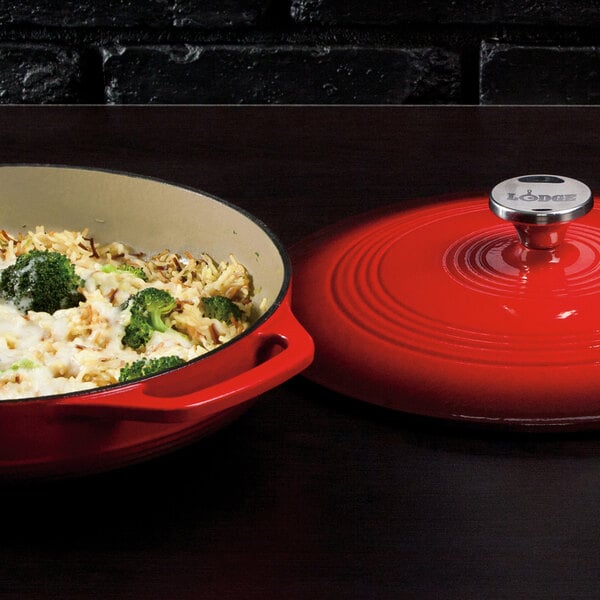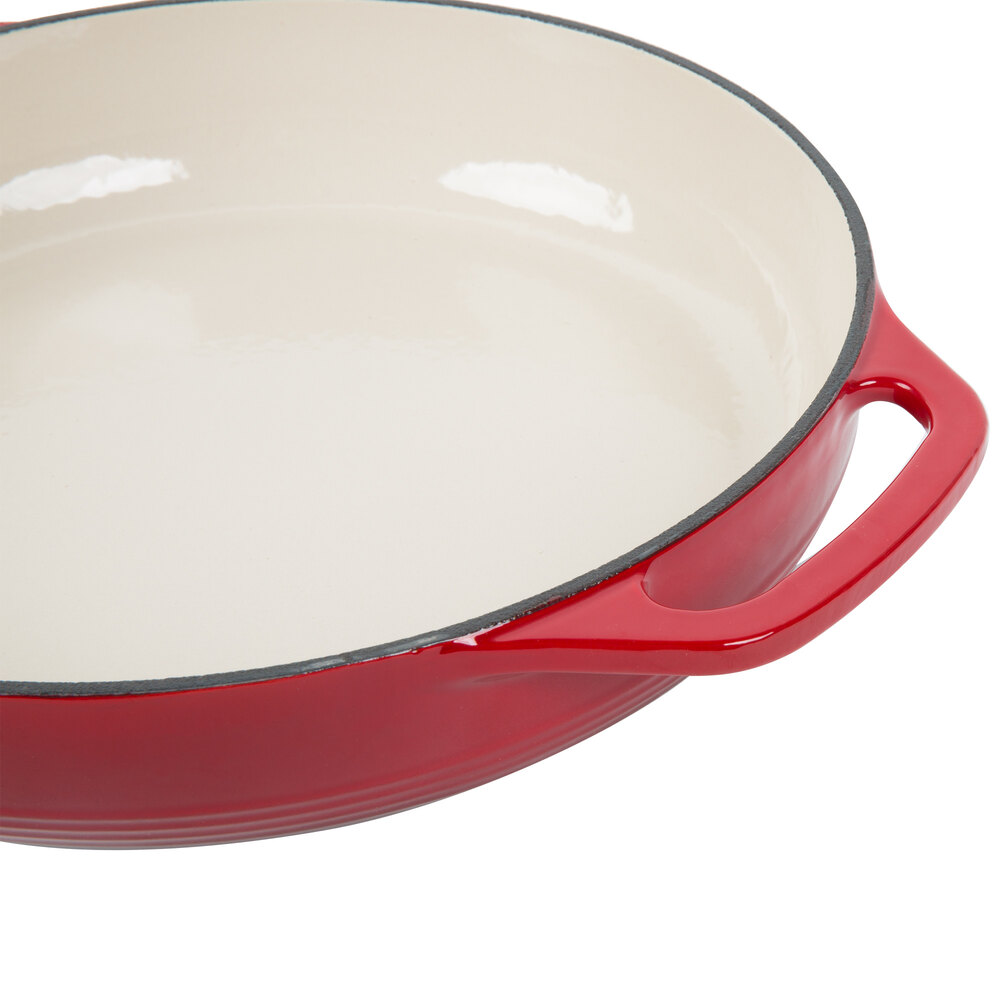- Color:
- Caribbean Blue
Enamel cast iron has a permanent place in my kitchen. It's easy to clean, and I like that it can go from fridge to stove top to oven. It's nice looking, so I also tend to serve out of it. This Lodge 3.6 is a great size for large casseroles and deserts. I whole heartily recommend this pan.












